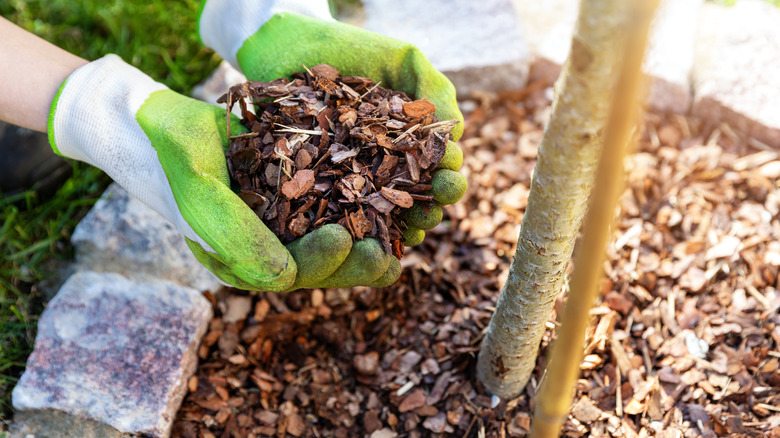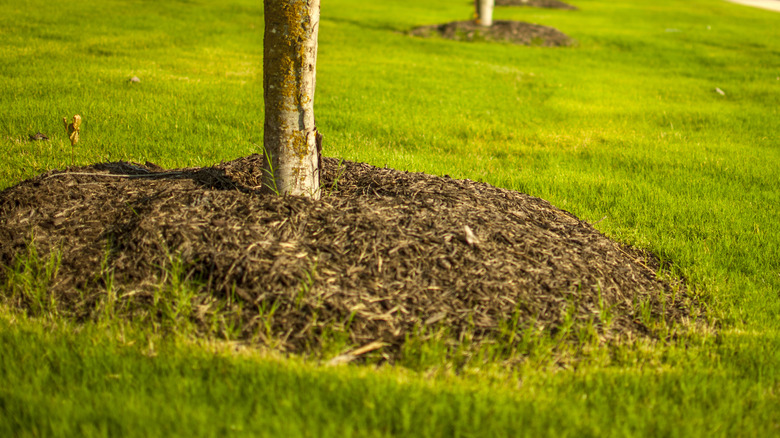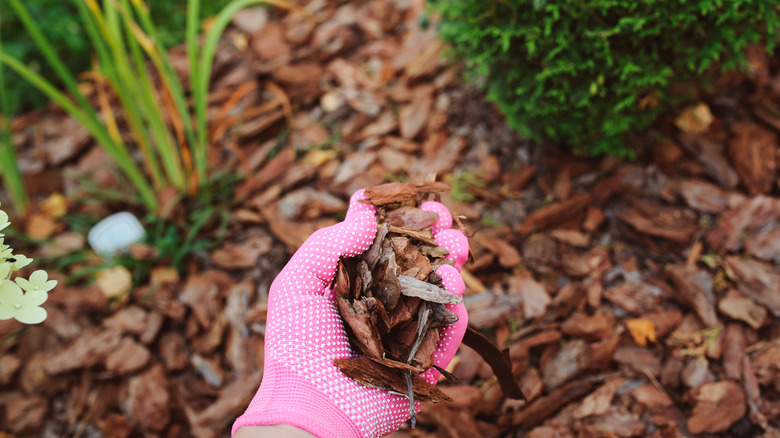How Often Should You Be Mulching Your Backyard Trees?
Mulching your backyard tree helps to provide an effective method of water conservation and could help to establish new trees. While some experts recommend doing some mulching weekly, it's best to aim to add mulch at least annually for younger trees. It's possible to mulch at almost any time of the year, but you'll need to be sure you don't over-mulch, which could lead to oxygen deprivation in the soil.
Generally, it helps trees, especially those that are under 10 years old, with support to encourage healthy growth. It can also help to reduce the risk of grasses moving into the area under a tree, where it will compete for nutrients in the soil with the roots. More so, mulching can also help conserve moisture, allowing trees to have a more steady source of the water they need.
If you want your trees to grow at a healthy clip and strong, place a circle of mulch around the base of that tree. Clear away all of the debris and grass growing there first. Then, encircle the tree with a ring that's about 3 to 6 feet in diameter. Before you get started, there are a few other factors to keep in mind.
How often to mulch your younger tree
Like people, trees grow slowly over time until they reach their likely maximum height. During those first years of growth, which is generally the first decade of a new tree's life, it needs as much support as possible. Some believe mulching a tree each week can help establish during those very first years. In this case, the goal would be to remove all mulch from around the base and replace it with a few inches of new mulch.
Most of the time, though, annual mulching is enough to protect trees from drying out, overwatering, and overfertilizing — the biggest risk factors most face. By placing an all-natural mulch around the base at least once a year, you're helping to replace the organic material's nutrients so the tree continues to have the resources it needs.
Over time, the elements also work to break down the structure of the mulch, making it far less effective at maintaining moisture. You give the tree continued support by removing the old and replacing it with new. Even as a tree gets older, replacing the mulch each year is sound advice to support a long lifespan.
Don't make common tree mulching mistakes
While frequency is important, it's even more essential to get it just right. Avoid these common mulching mistakes. For starters, you must be sure you're fully removing the old material instead of adding new mulch to the top of the tree base. This helps get rid of inferior material that becomes too compacted over time.
Then, place it evenly around the tree spanning outwards about 3 feet in every direction. Keep it at about 2 or 3 inches deep, but avoid much more than this. Too much means there's too little oxygen access, which could lead to the suffocation of the tree itself. Too much also leads to limited water flow, which can create limitations for root systems.
When adding mulch, don't create a massive mound around the tree's base. Instead of piles that look like mountains with a tree trunk in front of them, create a smaller, more even mound that's like a plateau. Think of the shape of a tire, for example, that's more flat at the top and expands outward.
Finally, select the right type of product, using different wood chips without chemical additives whenever possible. You can also use other organic materials, such as leaves or grass clippings — just make sure to follow the same mounding principles.


